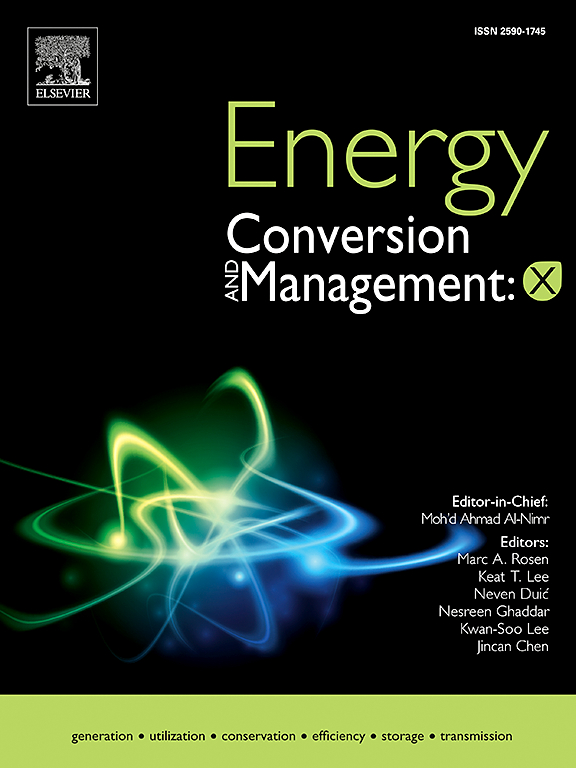Optimal operation of multi-plant steam district heating systems for enhanced efficiency and sustainability
IF 9.9
1区 工程技术
Q1 ENERGY & FUELS
引用次数: 0
Abstract
Despite their crucial role in supplying heat and power to universities, industries, and healthcare facilities, many steam-based district heating systems rely on outdated control methods. Among these, multi-central plant districts are particularly challenging due to the complexities of coordinating multiple plants, optimizing load distributions, and managing system downtime. In response, new operational strategies are developed to enhance the efficiency and sustainability of steam districts while utilizing existing resources. These strategies include reducing plant operational pressure without compromising the reliable supply to buildings and optimizing load allocation across multiple plants. The load allocation considers boiler part-load efficiency, runtime, network losses, and building pressure set points, and is compared with traditional multi-boiler controls. To support this exploration, new dynamic Modelica models are developed. In addition, methods to reduce modeling complexities are incorporated, enhancing their suitability for practical applications. A holistic district-wide analysis using a real university case study demonstrates a 4.7% fuel savings by lowering boiler operational pressure from 900 kPa to 600 kPa, along with a 13.3% reduction in condensation losses across the distribution network. Furthermore, the load allocation approach results in a 13.1% reduction in fuel consumption during peak winter periods and 15.3% during shoulder periods, with corresponding decreases in carbon emissions and fuel costs. This approach can also save maintenance costs by reducing the boiler runtime by 49.6%. This research underscores the benefits of retrofitting aging steam district heating systems, offering immediate operational improvements by enhancing efficiency, meeting regulatory compliance, and extending infrastructure lifespans while delaying costly overhauls.

求助全文
约1分钟内获得全文
求助全文
来源期刊

Energy Conversion and Management
工程技术-力学
CiteScore
19.00
自引率
11.50%
发文量
1304
审稿时长
17 days
期刊介绍:
The journal Energy Conversion and Management provides a forum for publishing original contributions and comprehensive technical review articles of interdisciplinary and original research on all important energy topics.
The topics considered include energy generation, utilization, conversion, storage, transmission, conservation, management and sustainability. These topics typically involve various types of energy such as mechanical, thermal, nuclear, chemical, electromagnetic, magnetic and electric. These energy types cover all known energy resources, including renewable resources (e.g., solar, bio, hydro, wind, geothermal and ocean energy), fossil fuels and nuclear resources.
 求助内容:
求助内容: 应助结果提醒方式:
应助结果提醒方式:


